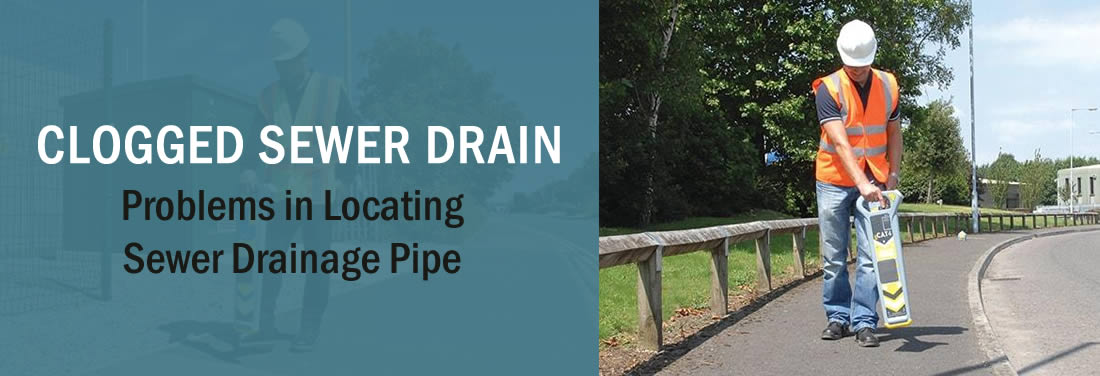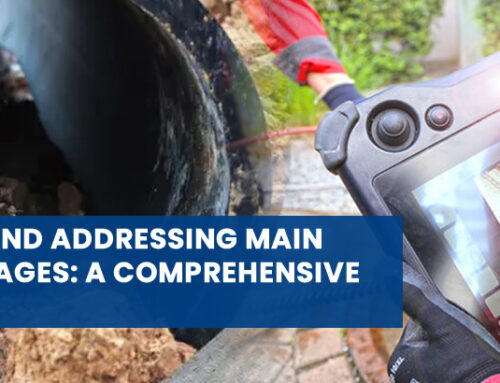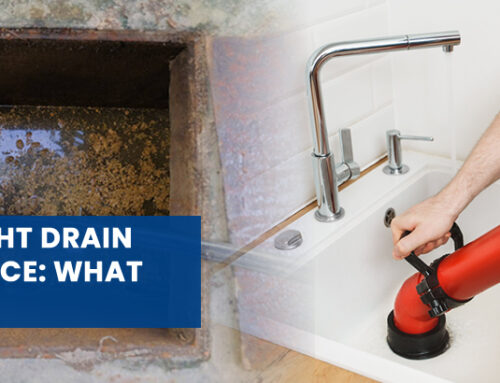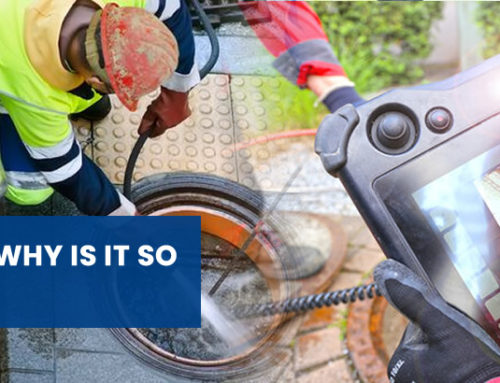Knowing the location of your sewer drainage pipe is pivotal, especially when problems arise regarding clogs, water backups, and water breaks. All the drainage pipes in your home can lead to one primary sewer line, which continues into your septic tank system or the municipal system.
However, from time to time even the most experienced plumber would find it difficult to locate sewer drainage pipes. Here are some problems you might face in locating your sewer drainage pipe:
Surface obstructions
Surface obstructions such as large trees and vegetation may affect the location of your sewer drainage pipes. Tree roots can grow towards your sewer drainage pipes and hide them underneath. It is relatively hard to remove trees and other plant life surrounding your sewer drainage pipes.
Underground obstructions
Usually, your sewer drainage pipes are out of sight and underground. Other underground pipes have the potential to affect the location of your sewer drainage pipes negatively. These can include the following:
- Gas lines
- Underground electricity cables
- Oil pipelines
- Communication cables
- Other sewer drainage pipes
Records
Most of the sewer drainage pipes are old; some of them were built almost decades ago. Drainage records from the previous owners of the house can add up to the problem of locating the sewer drainage pipes.
Luckily, there are steps on how we can trace and find your sewer drainage pipes. Here are some tips on locating your sewer drainage pipes:
Main drain
Your drains are commonly placed into a central pipe. The central line exits out of your house into either your own septic tank or the local sewer system. Knowing where your main drain exits is already a big help in locating your drainage sewer pipe.
Phoning previous owners
You may want to consider calling the previous owners. Most of the longtime owners have known where their sewer drainage pipes are located. If you don’t have any contact information from the previous owners, you can find information from the house’s deed and in government records.
Check with your city office
Calling your city government can also lead you to find your sewer drainage pipes. The city government keeps maps that can help residents find underground utilities like sewer drainage pipes. Most of the municipalities will give you the information over the phone; if they can’t provide the information, head over to the engineering department and the municipality’s safety department.
Follow the pipes
Since all your sewer drainage pipes lead to a primary central pipe, identify a pipe that you know is a drain, like a sink or a toilet. Follow the pipe until it connects into a larger pipe. Then follow the larger pipe until it exits your house. That pipe will eventually lead you to your sewer drainage pipe.
Call in the professionals
If nothing above works out for you in locating your sewer drainage pipe, you might want to consider contacting drainage professionals. These professionals can precisely locate your sewer drainage pipe using cutting-edge technology such as GPS location and CCTV, which are affordable and can quickly identify problems with your drainage system.







